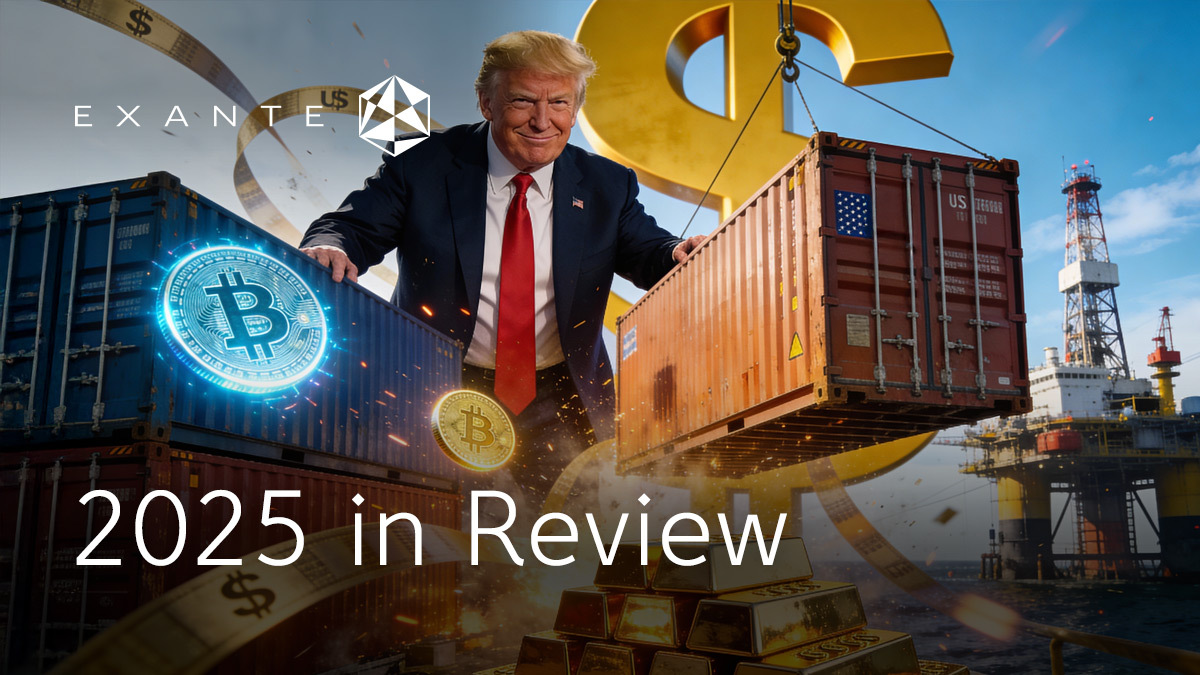
What does the halving mean for Spot Bitcoin ETFs?

Up to the quadrennial Bitcoin halving that took place on 20 April there was an outflow from Spot Bitcoin ETFs according to data from Farside. This data showed that Spot Bitcoin exchange-traded funds in the United States experienced net outflows of $168.4 million between 11 April to 20 April. The latest halving, which saw mining rewards fall from 6.25 bitcoin per block to 3.125 per block, means the number of new bitcoin produced per day has halved from 900 to 450 according to James Butterfill, head of research at CoinShares. However, as the demand for Bitcoin ETFs slowed in the run up to the halving, the balance between supply and demand is still unclear. Since the halving on 20 April, Spot Bitcoin ETFs have seen over $62 million in inflows. As of 23rd April, BlackRock's spot bitcoin ETF registered net inflows for the 70th straight day, putting the instrument in the top 10 of exchange-traded funds with the longest daily streaks of daily inflows.
The run up to the halving saw a number of concerns raised including that the halving would mean that the demand for Bitcoin could end up being five times greater than that of supply, according to crypto exchange Bitfinex. As noted by Coindesk.com, since halving, the total number of new coins added to the supply daily has dropped to 450 BTC (roughly $30 million) from the pre-halving four-year average of around 900 BTC according to data from Glassnode.
EXANTE client’s may have had more concerns around the halving than the wider market. The NAV for Spot Bitcoin ETFs was- 7.8% compared with the wider market at -4.6%. Given that EXANTE clients, by their previously higher rates of investment (and lower withdrawals) from Spot Bitcoin ETFs than the market, appeared to be more confident in Bitcoin ETFs than the wider market, the reasons for this change should be considered.

However, it appears that EXANTE’s clients are still maintaining their focus on Bitcoin ETFs by slightly increasing their holdings of Bitcoin ETFS relative to Bitcoin CFDs. Holdings of Bitcoin ETFs now stand at 49.2% on 21 April from 47.8% on 7 April while Bitcoin CFD holdings have fallen from 47.9% on 7 April to 46.8% by 21 April. This response begs the question of why?

Why may this time be different?
The halving itself appears to have had little impact on its price so far. In previous halvings it took between 50 and 100 days for the spot price to move exponentially higher from the actual halving day. ETF investors appear to be focused on the broader financial market sentiment associated with uncertainty around global central banks rates and rising geopolitical risk. Although there has been some recovery in Bitcoin with it now up to about $66,550, it has struggled for direction since hitting an all-time high of $73,794 last month. Nevertheless, the number of outstanding contracts — or open interest — at the Chicago Mercantile Exchange (CME) Bitcoin futures market has fallen from 29.322 on 10 April to 27,797 on 22 April,
Bitcoin volatility will likely continue as global geopolitical risks rise and uncertainty about interest rate policy paths continues. Although much will depend on this week’s US GDP and PCE inflation data, the Fed is increasingly expected to keep rates on hold until well into Q4. This in turn may extend the timing and/or reduce the pace with which other globally important central banks look to cut rates. This more hawkish expectation is feeding into bond markets, keeping yields up, with the benchmark 10-year Treasury yield remaining around the 4.60% mark. This may potentially affect the degree of interest in holding Bitcoin or Bitcoin ETFs.
There is also still the possibility of other cryptocurrency ETFs including Ethereum ETFs. However, the fate of these ETFs are still with the US Securities and Exchange Commission (SEC) and, according to a report by Standard Chartered, are unlikely to be approved in May. This means that investors may have to look elsewhere for cryptocurrencies ETFs. This may be why Hong Kong, in contrast, has given the initial nod for spot-Bitcoin and Ether funds, according to issuers. However, there will be a key difference between Hong Kong spot ETFs and US ETFs. According to HashKey Capital and Bosera, both of whom have been approved by the Hong Kong regulator to issue ETFS, the Hong Kong spot-ETFs would have an in-kind subscription and redemption mechanism. That allows for the underlying assets to be swapped for ETF units and vice versa, whereas the US funds operate on a cash redemption model.
Looking forward, it seems that even if US funding flows continue at a slower pace, the demand-supply mismatch suggested pre-havling could come to fruition as non-US actors develop cryptocurrency ETFs. However, unless these are attractive and available to the bigger players, they will likely not pose much of a threat to Bitcoin stability.
While every effort has been made to verify the accuracy of this information, EXT Ltd. (hereafter known as “EXANTE”) cannot accept any responsibility or liability for reliance by any person on this publication or any of the information, opinions, or conclusions contained in this publication. The findings and views expressed in this publication do not necessarily reflect the views of EXANTE. Any action taken upon the information contained in this publication is strictly at your own risk. EXANTE will not be liable for any loss or damage in connection with this publication.
本文提供給您僅供資訊參考之用,不應被視為認購或銷售此處提及任何投資或相關服務的優惠招攬或遊說。金融商品交易涉及重大損失風險,可能不適合所有投資者。過往績效不代表未來表現。




